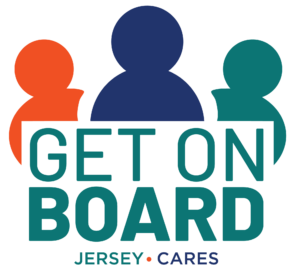
Volunteer Engagement Professionals
Weekly Online Session, Cost: $25 pp (Group/Member discounts available). Click the "register" button for each session topic below.
The coursework, developed by Points of Light and enhanced by the SEE Framework from redirect.org, is designed to deliver best practice training to individuals, who are new to or currently managing and engaging volunteers at nonprofits, schools, government, faith-based or healthcare service organizations.
Establishing the Framework: Apply a volunteer-centered framework to volunteer engagement. Describe volunteerism and its role in civic life today. Identify elements of volunteer engagement. Explore barriers to and motivators for volunteer engagement. Available Sessions: 1/7/26, 2/25/26. Click the registration button below.
Planning for Volunteer Engagement: Start planning for how and where volunteers fit in your organization: Describe the many steps of volunteer engagement. Learn how to conduct a Volunteer Engagement Assessment. Consider risk when deciding how to engage volunteers. Identify resources and support needed to effectively engage volunteers. Available Sessions: 1/14/26, 3/4/26. Click the registration button below.
Opportunities and Outreach: Acquire tools to get the volunteers you need in the door. Examine trends in volunteerism. Develop position descriptions with a Volunteer Experience Lens. Explore targeted recruitment concepts and consider potential audiences. Develop an Outreach Strategy. Available Sessions: 1/21/26, 3/11/26. Click the registration button below.
Intake and Onboarding: Create systems to screen, place, orient and train volunteers. Define techniques for screening, interviewing and matching volunteers with positions. Describe the difference between and importance of orienting and training volunteers and staff. Design effective volunteer orientation. Assess training needs and design training to equip volunteers and staff. Available Sessions: 1/28/26, 3/18/26. Click the registration button below.
Supervision and Support: Provide tools and strategies to ensure volunteers feel supported, effective and appreciated: Articulate the benefits of supporting and supervising volunteers. Design and implement strategies for volunteer supervision and support. Explore causes of and options for addressing volunteer performance problems. Identify effective ways to reward and recognize volunteers. Available Sessions: 2/4/26, 3/25/26. Click the registration button below.
Evaluation: Examine strategies for figuring out what is and isn’t working: Build a foundation for evaluating volunteer engagement. Explore Impact Statements, Mutual Feedback and Stakeholder Satisfaction Surveys to improve outcomes for volunteers, staff and the organization as a whole. Available Sessions: 2/11/26, 4/1/26. Click the registration button below.
WHAT SHOULD I KNOW ABOUT JOINING A NONPROFIT BOARD?
WHAT DOES A HEALTHY NONPROFIT BOARD LOOK LIKE?
Nonprofit Board Candidates and Current Board Members
Get On Board and become a change agent for your community.
The content delivers best practice training on relevant board topics to prepare participants to be active and effective members of a nonprofit board. Participants will learn how to advocate for and support their cause and be well prepared to take on a committee or board role, or to better meet the expectations of their current role.
Get On Board offers specialized training for individuals, who currently serve or who are interested in serving as a member of a nonprofit board. The course includes four (4) 90 minute sessions topics include:
- Understanding Commitment: The importance of giving time, talent, and treasure
- Planning for Board Service: The basic
responsibilities of a nonprofit board - Teamwork: The Executive Director/board relationship
- Leading through Governance: Key board policies and legal responsibilities
- Understanding the Fiduciary Duty: Fiscal responsibilities of a board member
- The NPO Ask: Nonprofit fundraising and relationship building
- OPTIONAL: Finding the Right Fit: Access to local nonprofit board recruitment database. At the end of the course, participants receive a Certificate of Completion.



